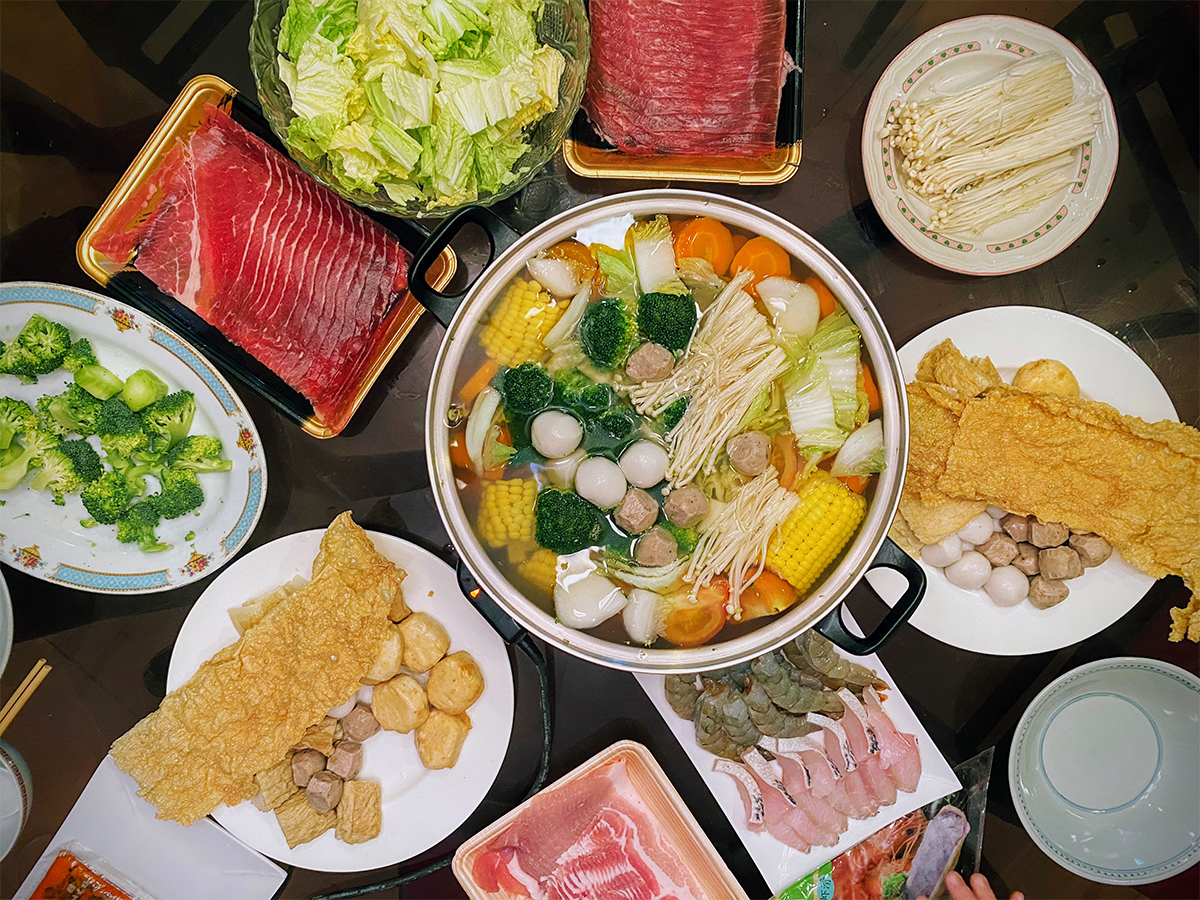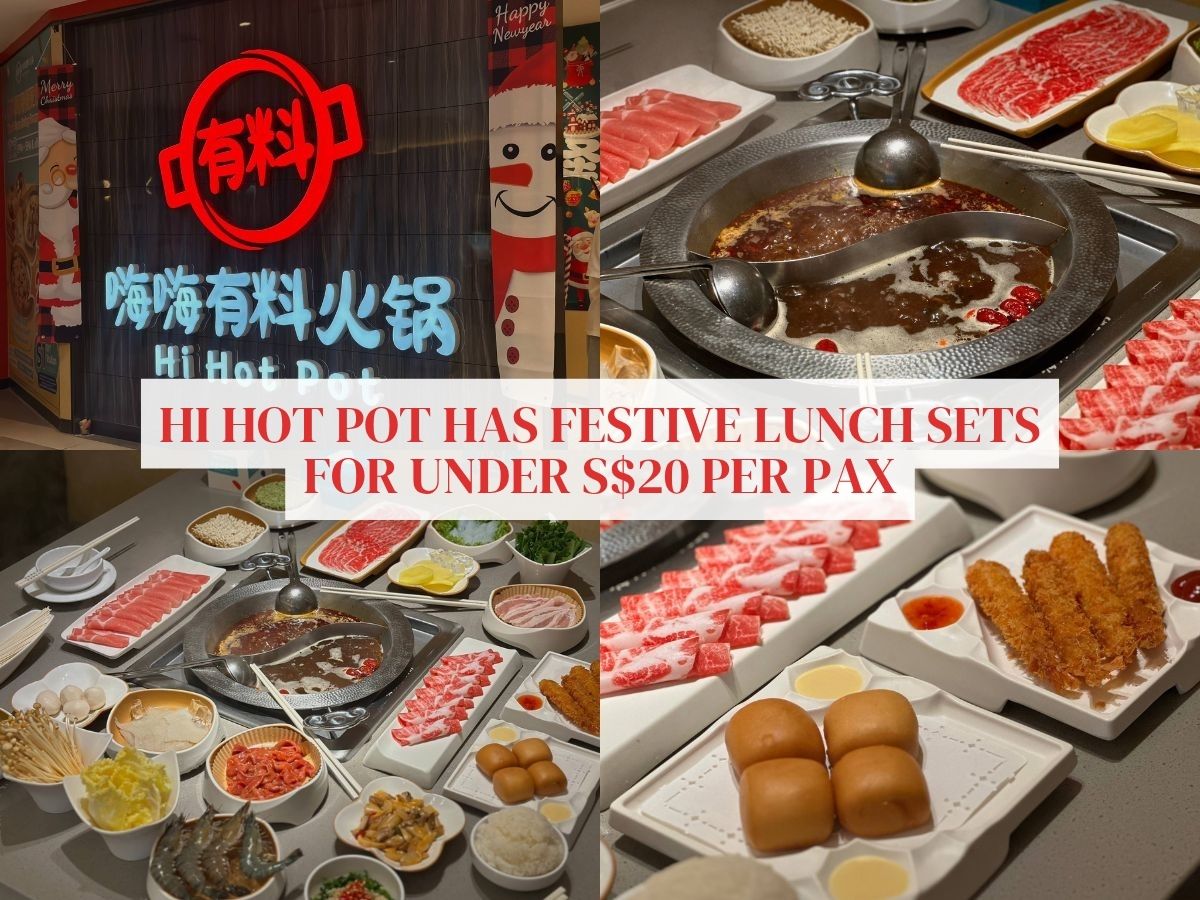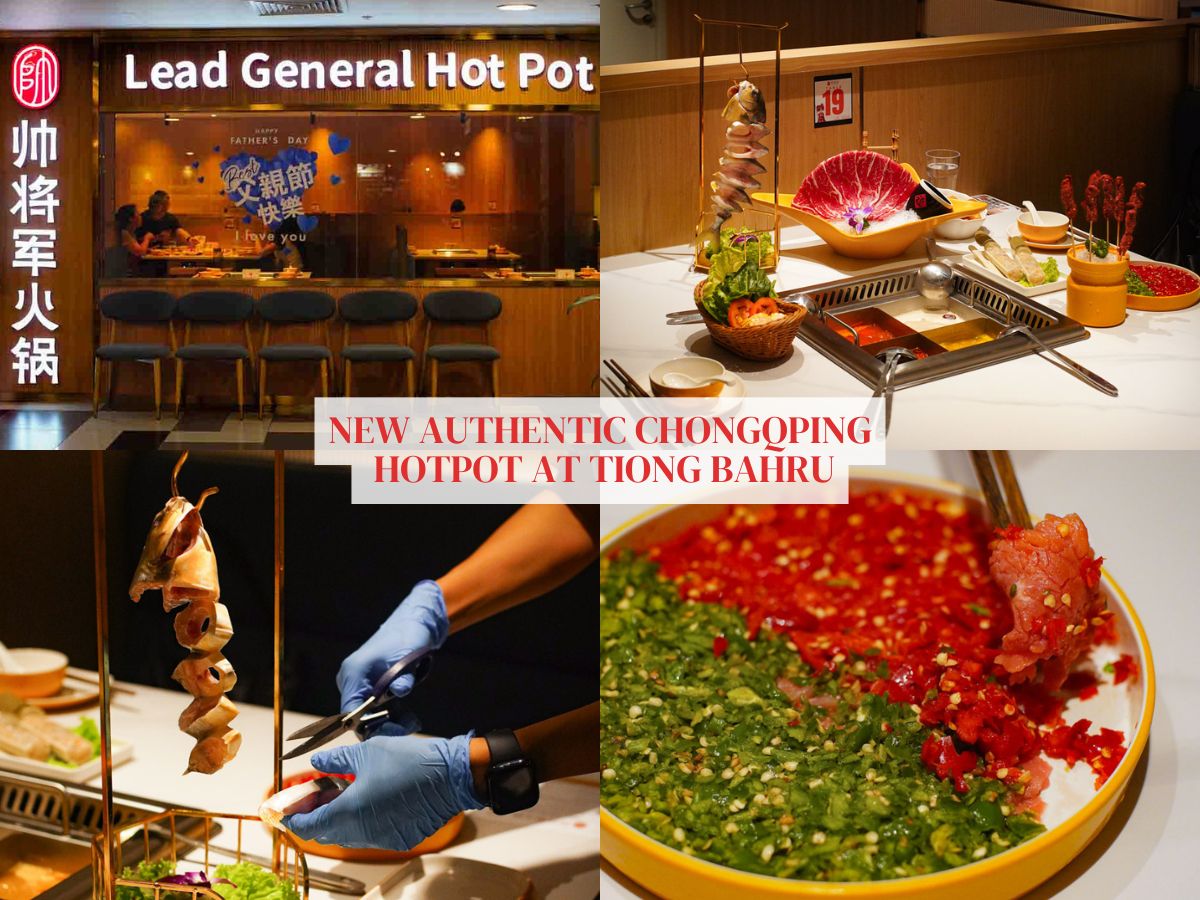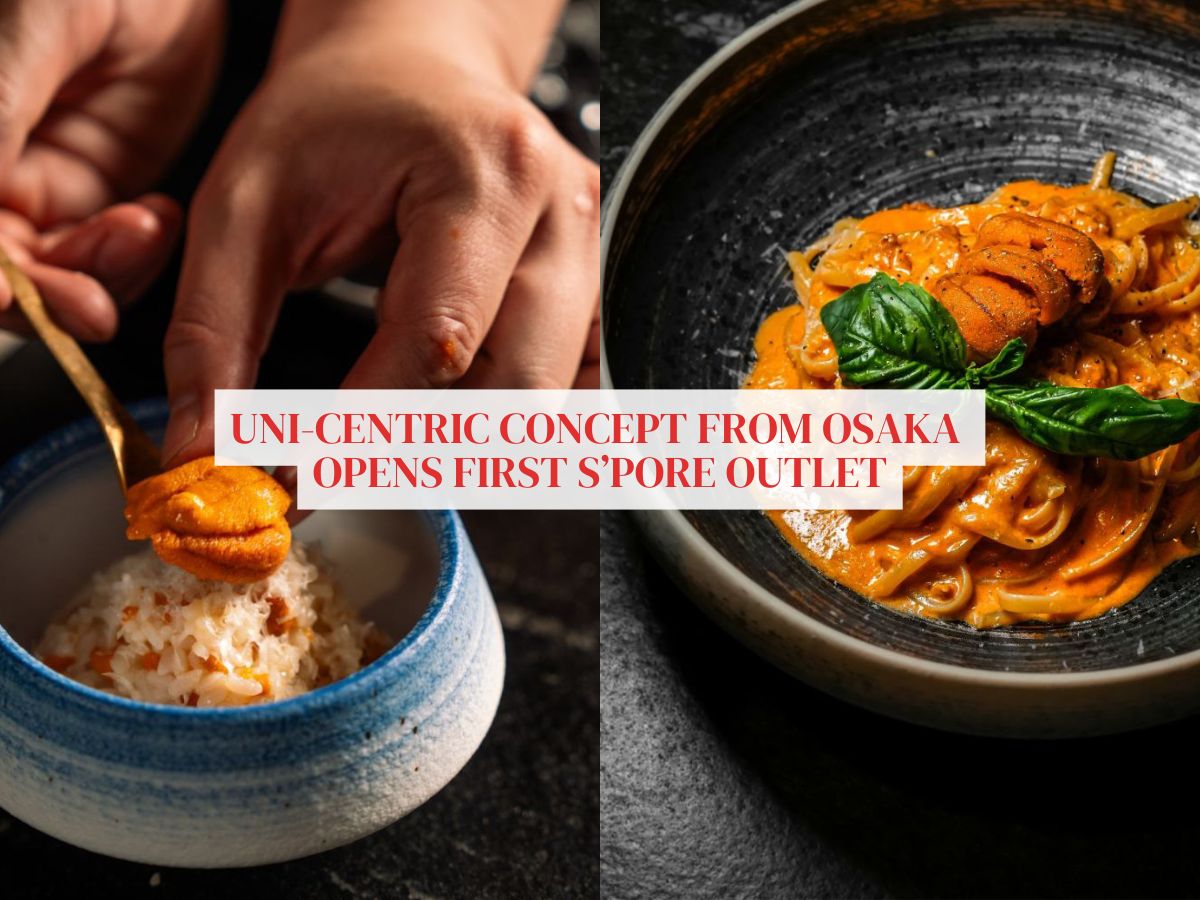Is hotpot healthy? 7 unhealthy ingredients to watch out for
While dunking sliced meat in boiling pots of soup and slurping up delicious and flavourful bowls of broth, you’ve probably wondered to yourself: Is eating hotpot healthy?
Theoretically speaking, it’s just boiled food. No sin in having an extra serving or two, right?
“Hotpot can be a healthy meal, but it depends on the soup, the ingredients chosen, how much is eaten, and what it’s accompanied with,” said Anna Lim, the lead clinical dietitian at Pulse TCM.
It can easily become a meal heavy on calories, fat and sodium if you aren’t careful. Read on to find out what are some of the ingredients to avoid if you want to have a healthy hotpot experience.
Is hotpot healthy? 7 unhealthy ingredients to watch out for
1. Fish ball roe
Per 100g serving: 205 calories, 13.4g fat (3.6g saturated), and 595mg sodium
The fish ball roe typically claims a well-deserved spot on any list of best hotpot ingredients. These delicate spheres are a winning combination of soft and chewy fish balls with juicy and savoury fish roe within.
Even though fish roe is a healthy ingredient packed with minerals and nutrients, the Department of Endocrinology in Singapore General Hospital (SGH) has advised that processed foods are typically higher in sodium, saturated fats and chemical preservatives. Hence, it should be eaten in moderation.
While there is no healthier alternative for such an indulgence, Lim recommends controlling your portions as a mindful approach. By savouring each morsel at a leisurely pace, you can relish in its flavours while balancing your consumption.
[google_ad]
2. Pork collar shabu shabu
Per 100g serving: 236 calories, 18g fat (6g saturated), and 650mg sodium
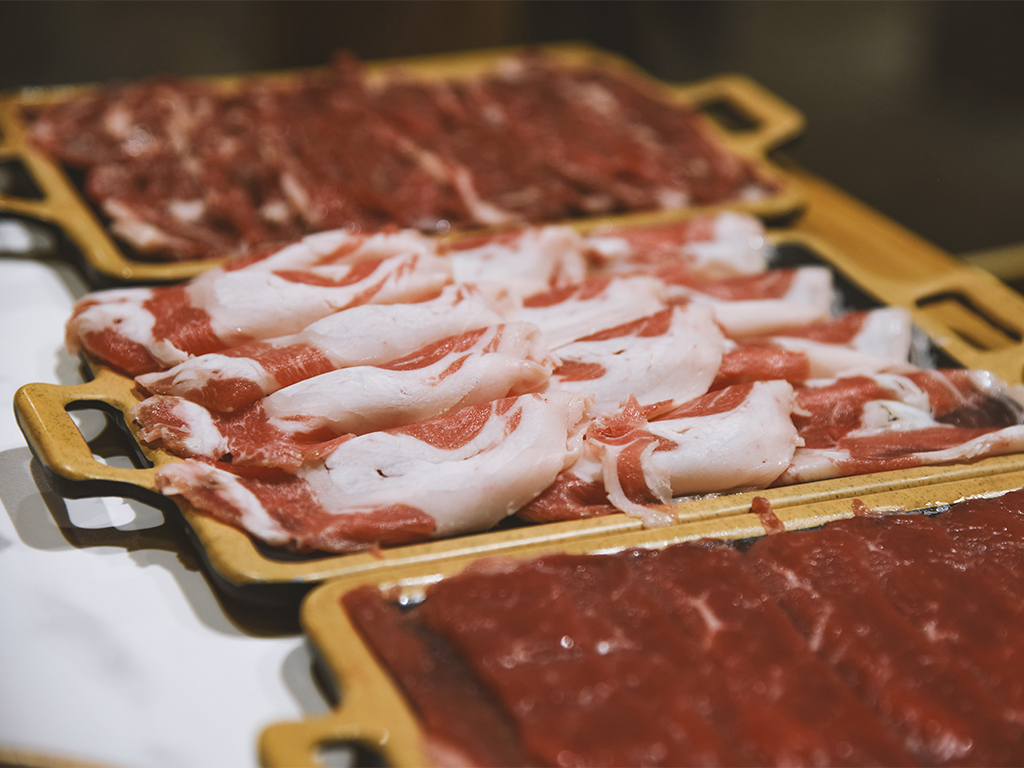
How could plain ol’ boiled meat be unhealthy? Pork collar shabu shabu tends to be higher in fat and have high levels of sodium — it’s a fact that doesn’t change, no matter how the meat is cooked.
Lim recommends chicken breast strips or fish as lower fat options instead.
“It may not be realistic to abstain completely but it’s important… to exercise some restraint, for example, by switching to healthier options after having a few pieces,” she added.
3. Instant soup base
Per 110g serving: 348 calories, 1.8g fat (1.2g saturated), and 7779mg sodium
Instant soup bases and their high amounts of sodium might cause you to question whether hotpot is healthy at all. Sodium, when consumed excessively, can lead to elevated blood pressure, and even pose risks of heart attacks and strokes.
Once meat and vegetables have been cooked in the soup, the resulting concoction can also be harmful to the body in other ways.
“Hotpot soup can contain large amounts of oil, usually seen floating on top. This is normally vegetable or animal fat, which is saturated and can clog arteries,” said Lim.
It can be tempting, but again, moderation is key: Avoid drinking multiple bowls of soup or dowsing your rice in spoonfuls of it.
4. Luncheon meat
Per 100g serving (around three slices): 241 calories, 19g fat (7g saturated), and 734mg sodium.
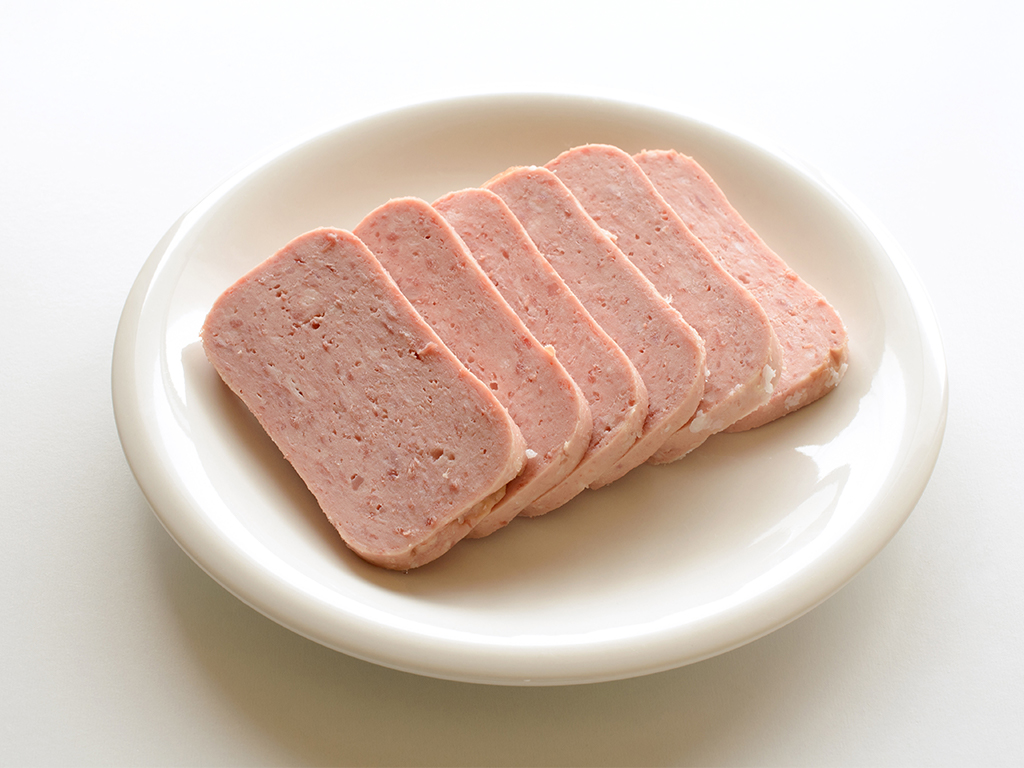
On almost every Singaporeans’ hotpot essentials list, luncheon meat is a type of processed meat that is typically boiled in the broth.
Although relatively low in calories (if you stick to one serving), a single slice is laden with over 200mg of sodium. Occasionally, it is also served fried as a side, which can translate to more calories and fats due to the additional amount of oil.
A healthy hotpot alternative, said Lim, is to choose lean cut meats such as chicken, fish and pork.
5. Beancurd skin roll
Per 12g serving (one piece): 100 calories, 10g fat (4g saturated), and 1mg sodium.
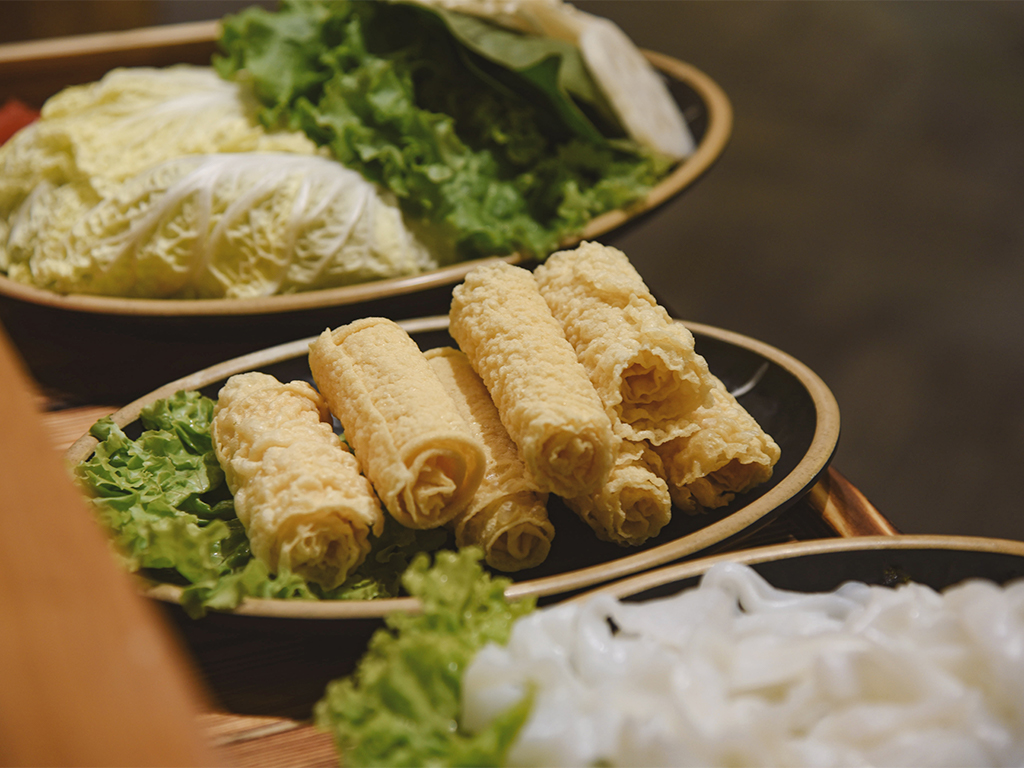
The fried beancurd skin roll is the perfect vehicle for the savoury hotpot soup. It soaks up the broth and adds a softness to the originally crispy roll. However, at 100 calories per serving and 10g of fat, the ingredient has little nutritional value.
“A healthier option could be simply switching to non-fried beancurd skin. Alternatively, tau kwa (extra firm tofu) may contain up to 10g protein, 6g unsaturated fat and 110 calories, but for a much larger portion of 100g,” Lim recommends.
6. Cheese tofu
Per 40g serving (two pieces): 70 calories, 4g fat (2g saturated), and 135mg sodium
Looking at the calories per serving, cheese tofu may not appear all that harmful. But considering the fact that it is often consumed in larger quantities than two, you’ll realise that high levels of calories, sodium and fat can sneak its way into your diet.
A better alternative could be plain tofu, which is a good source of protein and other nutrients such as calcium and iron.
7. Cheese meatball
Per one serving: 50 calories, 2.5g fat (1g saturated), and 200mg sodium
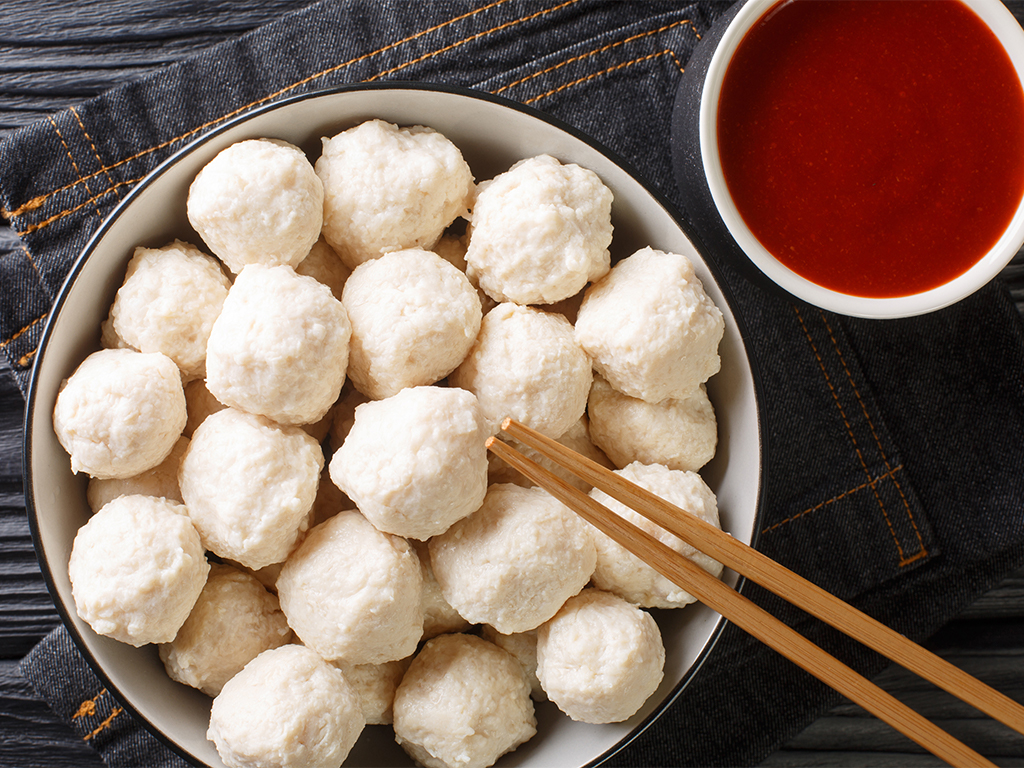
Sure, you could convince yourself that meatballs are a protein-packed option, especially when boiled. But the truth is that meatballs have a concerning amount of sodium in them.
A single serving can contain as much as 200mg of sodium, and with the World Health Organisation recommending a daily intake of 2,000mg of sodium, it’s quite easy to bust this if you have one too many meatballs.
The situation escalates when we add processed cheese to the equation, as it contributes additional sodium and unhealthy fats to your meal.
A healthier hotpot alternative
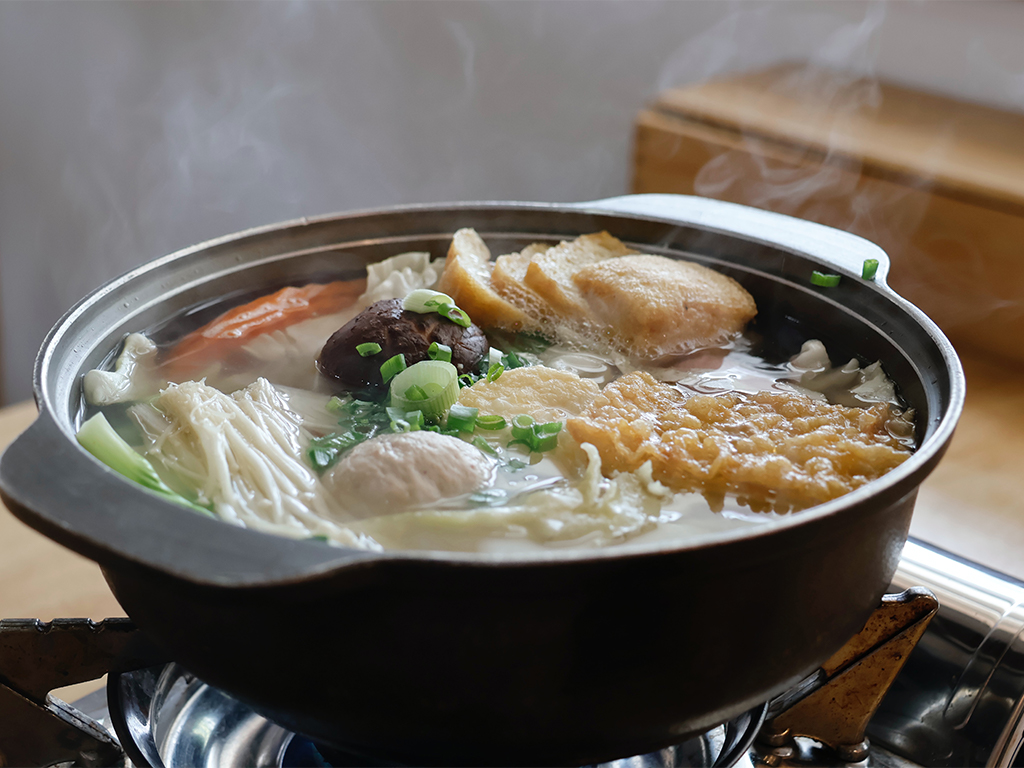
As the main concerns behind the question ‘is hotpot healthy’ are excess calories and sodium, there are ways to enjoy the communal meal in a healthier fashion.
“Limit the amount of soup you drink and fill up on vegetables. When it comes to meat, choose fresh instead of processed to reduce sodium intake, and lean instead of fatty options,” Lim said.
However, Lim added that it isn’t always realistic to avoid certain ingredients. Instead of fixating on what to eat and what not to eat, limit the portions consumed.
“All of the above options are concentrated sources of either sodium or fat. In the portions in which they are usually consumed at a hotpot, it can easily add three to four times the daily sodium allowance and hundreds of calories to just that one meal,” she said.
Instead of devouring your hotpot ingredients at your next hotpot session, try taking multiple small bites of each ingredient and limit the amount of servings you reach for.
Your health will thank you for it.
Nutrition data source: The Nutrition Information Panel found on each item or MyFitnessPal.com.
Additional health information from HealthXchange.sg and HealthHub.
For more ideas on what to eat, read our stories on exotic food in Singapore and Bulgogi Syo.
You can find hotpot items on GrabMart, which is offering free delivery (up to S$3 off) with GrabUnlimited. You can also book a ride to a supermarket near you.
